You are probably familiar with the staple “Made in China” sticker if you shop often. We see it on the bottoms of the new shoes, cups, and hair products.
Undoubtedly, these products seem ubiquitous, and for good reason. They were cheap and of reasonably good quality! Indeed, sourcing products from China is becoming increasingly popular.
As a businessperson hoping to start importing, you might wonder, “How do I begin?“, “How to Source Products From China?” This guide has answers.
I have over a decade of experience dealing with importation, and I will share a few things I picked up along the way. Stick around and learn how to buy wholesale from China!
How to Source Products From China? – Get it at a glance:
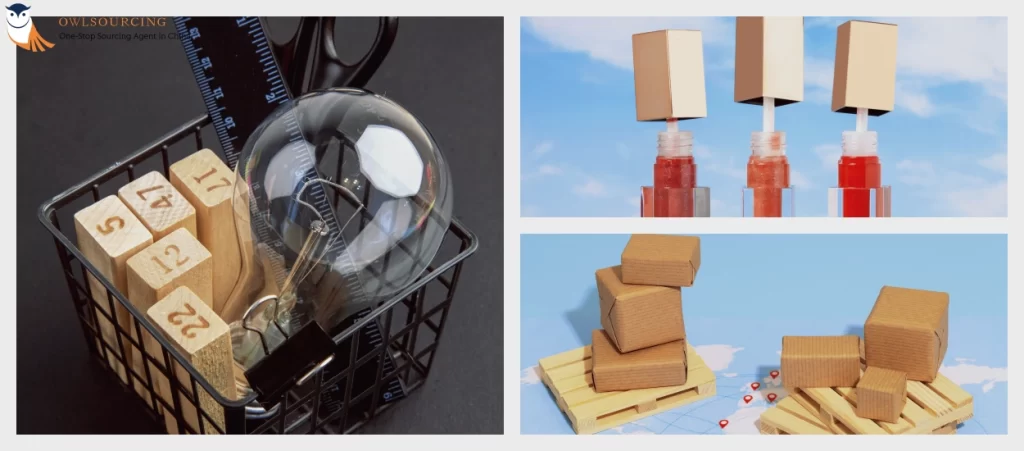
When sourcing products from China, you can consider things like:
1. Finding a Supplier (Take the time to choose the right vendors)
Choose a supplier who understands your specific needs and product requirements.
2. Supplier Verification (Ensure Proper Supplier Verification)
To avoid procurement fraud, one must ensure a supplier’s credibility by requesting audited financial reports, Value Added Tax (VAT) invoices, or even product samples. The main point here is to perform a proper background check.
3. Negotiating Terms (Negotiate Terms Like a Pro)
Negotiation is also a key part of sourcing in China. Effective negotiation can simplify costs considerably and shape the supplier’s offerings to your goals. Pay attention to the following key aspects:
- Pricing
- Transaction terms
- Product quality expectations
- Business relationship architecture
4. Quality Control Inspections (Don’t Skip it)
Never omit quality control inspections after agreeing with suppliers. Periodic inspections will ensure that products conform to your standards and avoid costly surprises down the line.
5. Effective Communication
Be sensitive to the language and cultural differences of your supplier. Effective, respectful, and clear communication is the key to a strong partnership.
6. Shipping and Logistics
Plan your shipping arrangements carefully by considering:
- Type and size of shipping container required
- Booking timelines
- Scheduling Short-term storage
Best Online Platforms for Sourcing Products from China
- Alibaba: The world-trusted marketplace for sourcing quality products, connecting with global buyers, and more.
- AliExpress: Good for small orders, connects wholesale Chinese suppliers with foreign consumers.
- DHgate: Offers access to competitive prices and quality products from Chinese sellers for bulk orders.
Simplify Your China Product Sourcing With Expert Support
Sourcing from China takes more than browsing Alibaba. Many listings are unreliable trading companies or non-expert factories.
On the other hand, navigating sourcing products from China can be complex, but with the right strategy, you can efficiently source from China and gain a competitive edge. ———That’s where OwlSourcing helps.
At OwlSourcing, we specialise in product sourcing from China, ensuring seamless supplier connections, quality control, and logistics support for product sourcing from China.
Whether you’re a startup wondering how to source a product from China or an established business looking to source products from Chinese manufacturers, we provide tailored solutions to streamline your process.
Why OwlSourcing?
✅ Direct access to factory-audited manufacturers.
✅ Supplier vetting, samples, production oversight, and shipping.
✅ Transparent pricing with full customisation.
✅ End-to-end support from sourcing to delivery.
With years of hands-on experience, our Shanghai-based team ensures reliable suppliers, smooth logistics, and fewer costly mistakes.
👉 Ready to source with confidence? Contact OwlSourcing today.
Essential Considerations for Sourcing Products from China

While sourcing products from China provides substantial opportunities, it also requires careful planning to navigate potential challenges. Key considerations include:
- Quality Assurance: To avoid costly errors, maintain strict quality control throughout production. Engaging an independent quality control agent can be beneficial.
- Lead Time: Anticipate extended production and shipping durations. Planning for possible delays is especially critical if your products rely on raw materials from various Chinese regions.
- Supplier Reliability: Conduct thorough due diligence to verify supplier credibility, particularly when working with smaller suppliers or new contacts.
- Minimum Order Quantity (MOQ): Many manufacturers set MOQs that may be challenging for new businesses. Collaborating with sourcing agents, such as Owlsourcing, can help by consolidating orders from multiple clients to meet MOQ requirements.
OwlSourcing assists companies in vendor selection, deals with suppliers, control order purchasing, and provides strict quality control.
Additionally, OwlSourcing offers comprehensive logistics services, including shipping coordination, product packaging, and custom product design.
If you require information regarding more specific sourcing solutions in China or Hong Kong, please contact us.
Step-by-Step Guide to China Product Sourcing

Starting as an importer can be overwhelming. So, here, I will break down everything you need to know into actionable steps.
Step 1: Market Research!
Research before you fly to China or visit online directories. You need to know your audience before starting an import business.
What do they want? What product is trending, and what suppliers should I choose?
The Chinese import business is massive. There are tons of products. Entering without a clear goal in mind can be overwhelming. You need to know the product you want to import from China.
Then, you need to familiarise yourself with the regulations and quality standards. It also helps if you meet those with similar experiences.
Step 2: Spend Time to Choose the Right Supplier
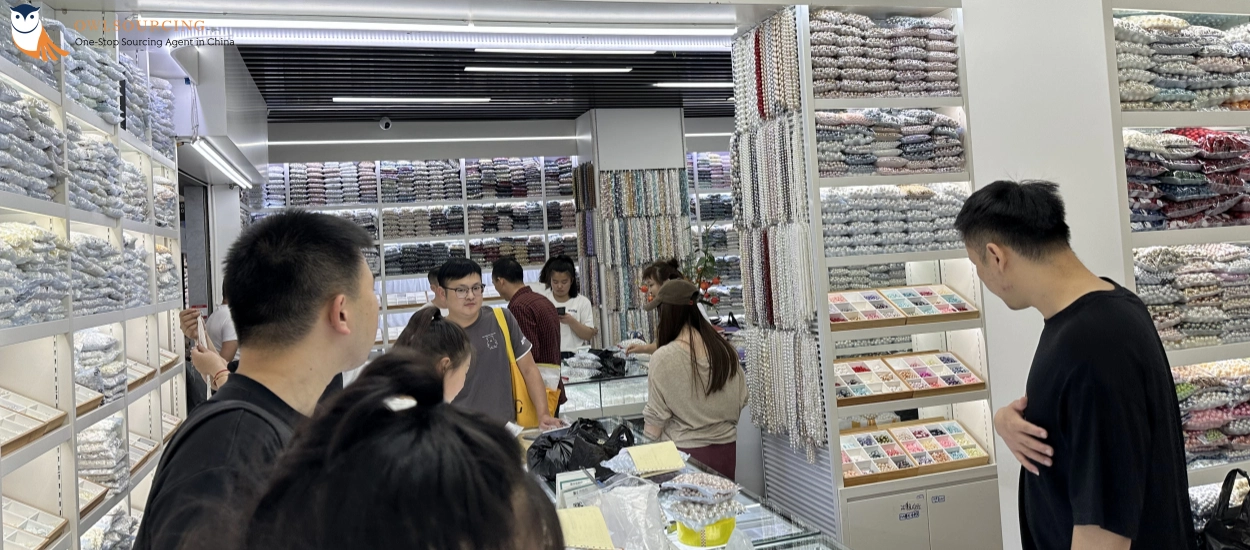
After noting the products you want to import, it’s time to find the right supplier. You can find them by using famous online platforms like Alibaba and Temu.
Distinguishing between resellers and manufacturers online requires a careful and discerning approach.
Although websites such as Alibaba provide supplier feedback to help locate manufacturers within China, this feedback may not always be accurate: as premium members automatically receive a “gold supplier” status.
Hence, preliminary checks should be made to ensure the supplier meets all necessary criteria. In general, Direct procurement from a manufacturer is best choice for products with specific technical requirements..
- A trading fair is another possibility. Attend trade fairs in China and industry-specific events. When sourcing from suppliers, here are some tips you have to note:
- Supplier Background: Do a background check. It will prevent you from connecting with a potential scammer. Check the supplier’s history, certification, and reviews.
- Quality Control: What are the suppliers doing to maintain quality? Access their quality measures and see if they align with the required standards.
- Production Capacity: A prominent business owner needs a large-scale supplier. You want a supplier that can meet your order without breaking a sweat.
- Communication: Check out the client’s proficiency.
Connecting with Chinese Manufacturers
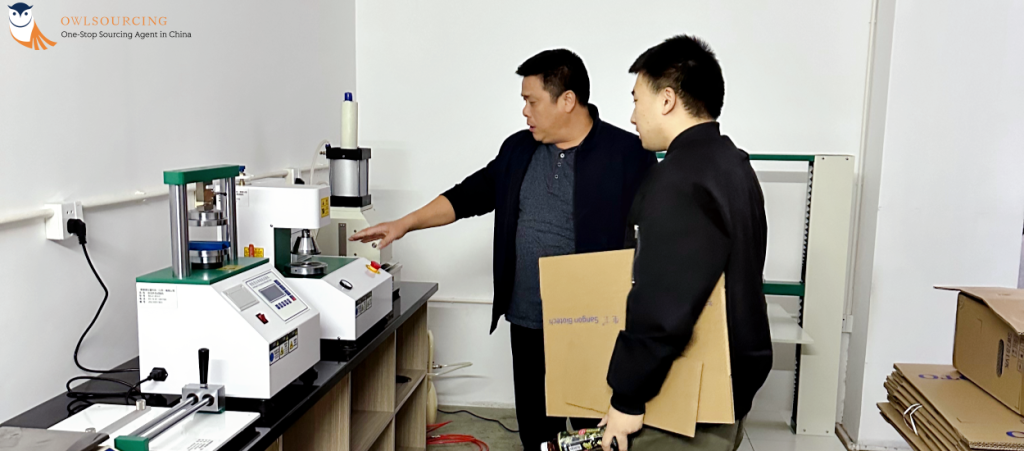
While contacting manufacturers in China is crucial for sourcing, many businesses hesitate, not due to a lack of negotiation knowledge, but because they feel uncertain about the best way to initiate contact.
Understanding the Four Main Product Sourcing Options in China
- Direct Manufacturers: Working directly with a factory offers the best outcomes if your business can accommodate the manufacturer’s minimum order quantities. Manufacturers provide a lower, per-unit price and enable much better control over product quality, which turns them into the best solution for large quantities and high-precision products.
- Wholesale Market Agents: Companies such as retail chains or other businesses with large product catalogues, but less frequent per-product purchases, often benefit from working with wholesale market agents who tend to deal at large bulk centres such as the Yiwu commodities market. These agents work to ease the ordering process by handling the delivery, integrating multiple orders, and dealing with other practicalities to make transactions more efficient.
OwlSourcing simplifies global procurement by connecting businesses with reliable suppliers, managing orders, and ensuring quality.
Our services include supplier negotiation, quality checks, and logistics support, including shipping, packaging, and custom product design.
Contact OwlSourcing for sourcing solutions in China and Hong Kong.
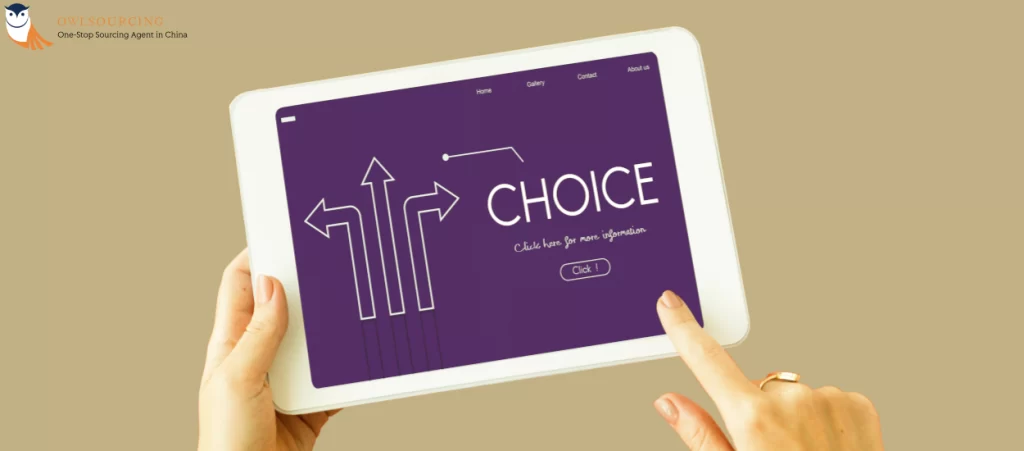
You will face these challenges in China’s product sourcing. Therefore, you should choose one of them according to your business conditions:
| Option | Description | Pros | Cons |
|---|---|---|---|
| Buy Directly from Supplier | Importers manage the sourcing process and avoid intermediaries by purchasing directly from Chinese suppliers. | Full control over the process, no intermediary costs | Requires high organisational capacity and MOQ |
| Use a China Sourcing Agent | China sourcing agents leverage their industry knowledge, connections, and local expertise to make the sourcing process smoother and more efficient. They manage communication, help with supplier verification, and ensure quality standards. | Saves Time: Sourcing Agents quickly connect you with reliable suppliers by using their established networks. Reduces Hassle: Handles communication, negotiation, and quality checks on your behalf. Local Expertise: They understand market dynamics and supplier reputation, and can help avoid scams or substandard products. Flexible and Cost-Effective: Ideal for businesses of any size, especially those new to sourcing from China. |
risk of kickbacks if not well-vetted |
| Buy from a Trading Company | A good choice for startups or businesses with small order sizes, as trading companies work with manufacturers willing to produce small quantities. | Speed and convenience for small orders, access to suppliers that accept lower MOQs | Hidden supply chain, higher long-term costs due to margins |
| Use a third-party Company | This is for importers who have suppliers but need on-the-ground production follow-up. Service companies provide transparency on supplier identity, processes, and quality checks. | Transparency: Direct access to supplier information and process details. Good for long-term partnerships: Invest in quality control for ongoing orders. |
Upfront service fees |
Step 3: Finding Where to Source Products in China
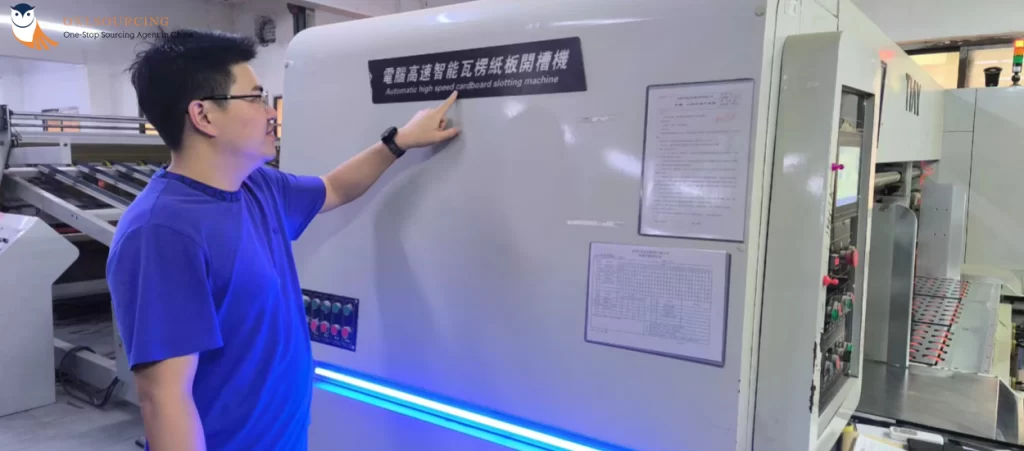
China is home to several manufacturing areas. These areas include Guangzhou, Yiwu, and Shenzhen. Each of these areas has products that they produce in large quantities. Guangzhou is popular for electronics and textiles.
The Yiwu market is famous for selling affordable small commodities. It is well-known as the largest small-commodity market in the world. Shenzhen is another massive electronics hub. It is an excellent spot for products, accessories, and parts.
Some popular sourcing destinations include Guangdong (electronics and textiles), Zhejiang (home appliances and machinery), and Jiangsu (automotive parts and chemicals).
1. Guangzhou:
- Baima Clothing Market: Specialised in clothing and fashion accessories. If you are looking to import clothing from China, it is a great choice.
2. Yiwu:
- Yiwu International Trade City: Also known as Yiwu Market, it’s the largest small commodities wholesale market in the world, offering a vast array of products.
3. Shenzhen:
- Huaqiangbei Electronics Market: A major electronics market known for its wide range of electronic products, components, and accessories.
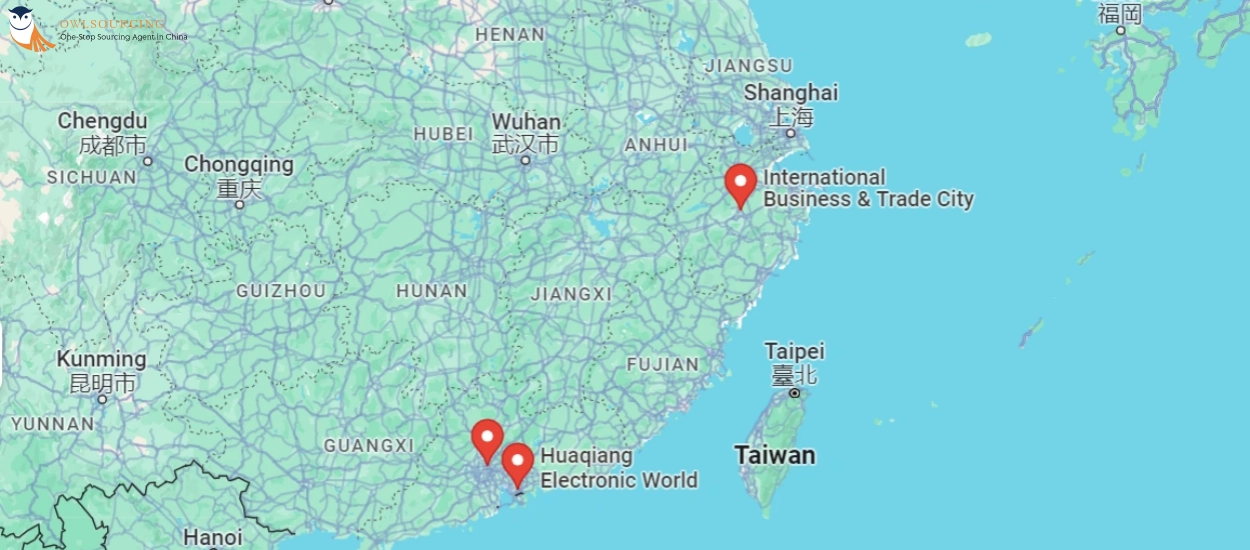
Importing electronic products from China is the best option.
Research the regional strengths that align with your product requirements.
Leveraging Trade Shows for Supplier Discovery
Attend Chinese trade shows, fairs, and industry-specific events to meet Chinese suppliers face-to-face. This is a good opportunity to gauge their professionalism and see their products firsthand.
Date:13.11.2023 – 15.11.2023
You can download the Yiwu market distribution map for free
Exhibition centre: Yiwu, China, Yiwu International Expo Centre
Date:05.11.2023 – 10.11.2023
Exhibition centre: Shanghai, China, National Exhibition and Convention Centre Shanghai (NECC)
Date: Spring Session:
- Phase 1: Mid-April
- Phase 2: Late April to Early May
- Phase 3: Early to Mid-May
Autumn Session:
- Phase 1: Mid-October
- Phase 2: Late October to Early November
- Phase 3: Early to Mid-November
Exhibition centre: the China Import and Export Fair Complex
Step 4: Communicate with Suppliers

First, try to negotiate with several suppliers, and send messages to at least 15-20 suppliers. You have nothing to lose. Share your message with your manufacturer/suppliers by sending a simple message:
Hi there, I am texting you because I need (your product name).
I do hope you can furnish me with your price and quotations for this product (please mention how many units you are planning to purchase) and an approximate date when the item can be delivered.
Thank you! I’m contacting you as well as your competitors, so please, be as kind and reasonable with your rates. Regards, (name).
This article provides a list of “Top Wholesale Websites for Bulk Purchasing” that you can use to buy wholesale goods from China.
However, one needs to bear in mind that there could be a language disparity when sourcing in Asia.
Although some of the large suppliers might provide English-speaking customer support, many issues between buyers and suppliers often arise out of communication barriers.
You might say I couldn’t talk to the Chinese when I started, but I was able to navigate the market and trade, which increases the possibility of risk. If you can’t communicate in Chinese, you can hire a translator.
You would have to carry them along throughout the process.
Another alternative would be to hire an agent to handle the sourcing process. Many of these agents are bilingual, so they can help you get the products you need.
Effective communication helps clarify the required quality and meet the correct dimensions. Don’t try shortcuts by using online translators. They don’t do justice.
Step 5: Quality Control for China product sourcing
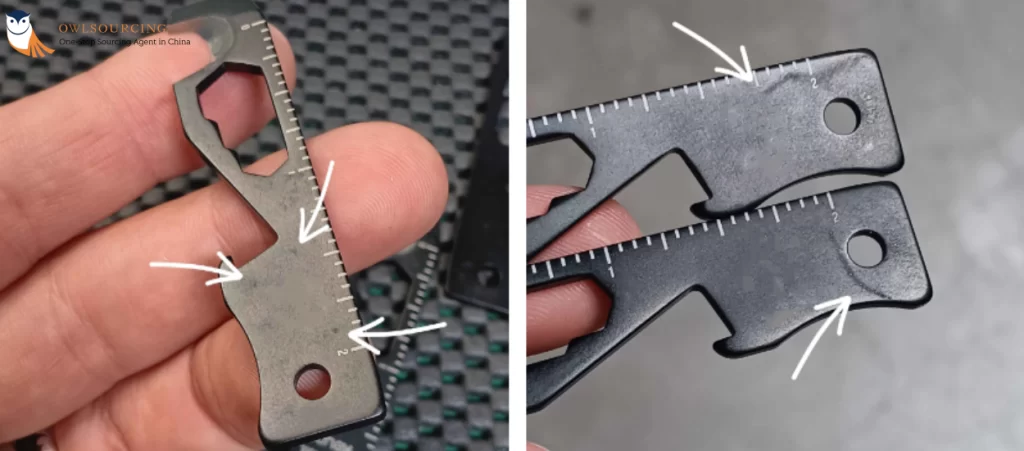
The main aim of importing is to resell and potentially make profits. Hence, product quality is essential. You want a product that meets your country’s quality standards, and you can vouch for it. So, how do you ensure you get quality products?
- Sampling: Sampling is one of the oldest ways to reduce the risk. When you want to ensure a client’s products meet your requirements, opt for sampling. You can get one or two products before mass production begins. This way, you can gauge the products’ quality.
- Quality Inspections: Inspection is another way to keep your products safe. You can employ a third-party quality inspection in China. They inspect the product during different stages of production.
- Factory Audits: Opt for regular audits. These audits will ensure that the supplier facilities are always up to par.
Quality shouldn’t be overlooked, not even as a compromise for a lower price. I have been in the import industry for a long time, and I see ignoring quality go wrong.

The money you take your eyes away ensures the best quality, and your customers notice. And the one thing holding every business is trust. Once your customers don’t trust you enough to expect quality products, they leave.
Examine every batch to ensure that the quality reaches the required standards.
Step 6: Shipping and Logistics

Shipping is a crucial part of imports. It is the way your purchased products get to you. If you neglect this bit, all of your hard work from the previous steps goes to waste. Here are the factors to consider to avoid that:
Shipping Method
You can choose between air and sea freight. Deciding between the two options depends on the cost, speed, and product type. Air freight is the fastest option, but it costs more.
Moreover, you should consider the product type as well. Air freight service from China is the better option for carrying delicate products.
Freight Forwarder
Collaborate with experienced freight forwarders. The good ones help manage documentation and customs clearance. Hence, you don’t have to worry about delays. They ensure your products get to you in due time.
Partner with Sourcing Agents
Shipping can be a daunting task to navigate. You need to pass through customs. You also need to ensure your products are safe.
Undoubtedly, it can be a headache for a first-timer. Hence, you can hire a sourcing agent to help you every step of the way.
Step 7: Negotiations

You are a businessperson; you want the best deal on every interaction. When you find the supplier and make deals, ensure you understand “How to Negotiate with Chinese Suppliers” effectively. The first thing to consider is payment.
Negotiate to ensure you get the option you want. You can also use escrow services.
Direct communication and purchasing from suppliers help reduce risks of miscommunication and avoid potential delays in transferring money to China.
Another point for discussion is the minimum order quantity and potential long-term partnership. Depending on the product, you might also have to discuss the intellectual rights. Negotiation is a great way once you know how to use it.
When sourcing online, it is advisable to use communication tools commonly used in China, such as WeChat, to stay in direct contact with your supplier.
Step 8: Documentation and Legalities
Documents are an inseparable part of importation. There are necessary licenses and documents, like commercial invoices and packing lists. It can be challenging to get a hold of all the required documents.
Hence, I usually advise first-time importers to get an attorney’s services.
I know it is an extra cost, but you only need them for the first two imports. You can start doing it independently once you get the hang of it. If you try to rough it, you are risking your products, and that’s a lot of money.
Mitigate Risks When Importing from China
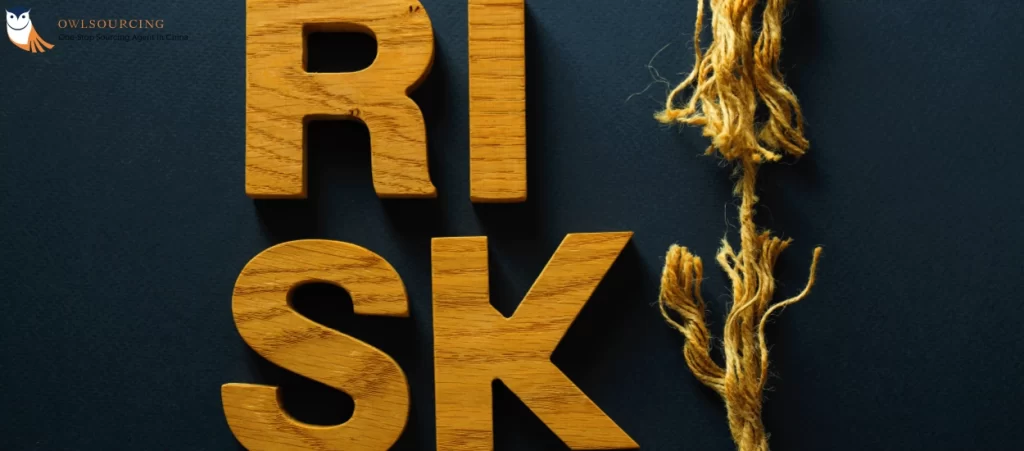
Like every business, importation has its risks. However, you will know how to address these risks once you identify them. That said, here are several areas that need risk management:
- Supplier Verification
- Contracts and Legal Compliance
- Logistics and Shipping Risks
- Currency and Payment Risks
- Quality Control
- Engagement with a China sourcing agent
- Regulatory Compliance
Find the Sweet Spot Between Price and Quality
As will be seen when sourcing a product from China, it is important to have a balance between price and quality. When dealing with suppliers, one should understand that every supplier has a minimum manufacturing cost.
The main costs that should be studied here are product costs and the costs of the market to be able to understand fair pricing.
If a supplier provides goods significantly cheaper than similar products with other competitors, or Prices things below the market rate is also dangerous since it may be an indication that something is wrong with the product.
To avoid compromising quality, it is recommended to completely shun suppliers who supply their products at ridiculously cheap prices.
Why Source Products From China?

Chinese sourcing refers to buying wholesale from China. This requires deciding what products to import from China based on your primary sales products and scope.
I often get these questions as a supply chain expert with years of experience working with international merchants to source equipment and products. Many interested importers always wonder why China is the go-to destination.
Well, it is because China’s products are cheap and affordable.
There is a misconception that Chinese products are fake. The statement is not always true. While there are counterfeit products, they don’t apply to all the markets.
You don’t have to worry about quality once you know how to save suitable China suppliers from bad ones. Let’s address why China is the go-to destination!
A. Affordable Pricing
Price is a leading motivator. One primary reason I started importing from China is the pricing. Labor and manufacturing costs are low, which lowers the product’s price.
B. Diverse Product Range

China has many manufacturers, so the markets are packed. There are different products from different industries. You can pick up clothes, appliances, kitchen utensils, and more.
C. Skilled Manufacturers
China has many skilled manufacturers. Hence, they make their products of the best possible quality. Plus, they offer classy product lines with innovative features.
D. Flexibility and Customisation
If you want to make branded clothes, welcome to China. You can buy white-label products and customise them to your taste.
China is an excellent place to start imports. You only need suitable suppliers and knowledge. Keep reading; I will show you how to start with little to no stress. So, why don’t I get to it?
China Sourcing Agent
A sourcing agent serves as an intermediary, assisting businesses in finding the right suppliers, negotiating terms, ensuring quality, and optimising supply chains for global procurement.
Choosing a China sourcing agent can help you save a substantial amount of money and time costs when sourcing products from China.
Check out our China Sourcing Service.
Read More:
Final Thoughts!
Sourcing Chinese products offers a golden opportunity to score massive profit margins. The market is booming; now is the best time to jump on the wagon.
The import business is a demanding one. But once you find your footing, you are good to go.
If you need any extra help, you can contact us. We will offer the best help possible and connect you to the necessary professionals.

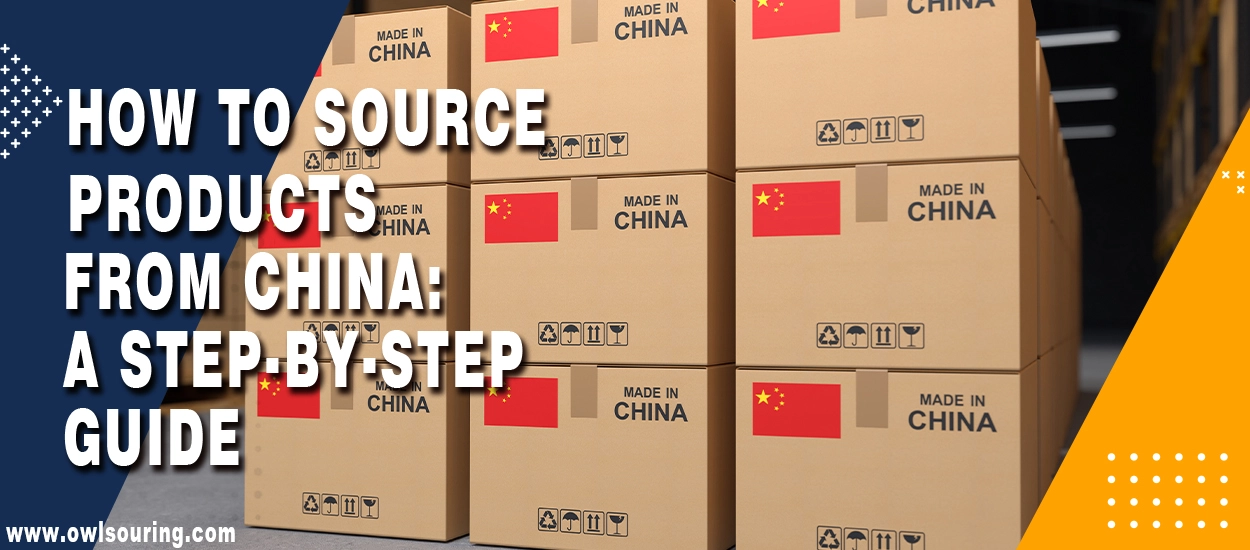

7 thoughts on “How to Source Products From China?”
Sourcing in China can be a daunting task, but as a merchant with over 13 years of experience working with Chinese suppliers, I can attest to the benefits of working with a sourcing agent company. Not only does it provide peace of mind in terms of trust and quality control, but it also helps to lower costs in the long run. From start to finish, a reliable sourcing agent can support you in every step of the process, from finding the right suppliers to shipping the goods. I highly recommend considering this option for anyone looking to source products from China. It has certainly made a significant difference in my business operations.
Hey,
Thanks a bunch for the awesome article that’s been a real help for budding entrepreneurs!
I landed on this blog while brainstorming ideas about launching a local watch brand in my home turf. Currently, I’m a student with a crew all set to jump into the wristwatch entrepreneur game.
Any chance you can point us in the right direction for trustworthy watch manufacturers in China? We’ve done some digging, but we’re a bit iffy on who to trust. Our aim is to match the quality of brands like DW but with our own creative spin.
Also, we’re curious about the ins and outs of providing warranty services for our future customers. Got any insights to share?
Hope to hear from you soon!
Best,
Joseph
Hey Joseph,
It’s fantastic to hear about your entrepreneurial journey into the watch industry! For trustworthy watch manufacturers in China, I recommend checking out platforms like Alibaba and Made-in-China.com, focusing on suppliers with verified business licenses and good reviews. Also, attending trade shows like the Hong Kong Watch & Clock Fair could provide valuable contacts.
Regarding warranty services, offering a straightforward and transparent warranty policy can build customer trust. Consider setting clear terms about what the warranty covers and the process for service claims.
Best of luck with your watch brand!
As a small business owner, your article on sourcing from China was insightful. Any specific advice for navigating bulk orders and maintaining quality control? Your expertise would be highly appreciated!
Thank you for your comment, Jackson! For managing bulk orders from China, it’s crucial to establish clear communication with your supplier about your quality standards. Regularly schedule product inspections either personally or through a third-party service before shipment to ensure consistency. Also, consider smaller trial orders to evaluate the supplier’s reliability and product quality before committing to larger volumes. This approach helps in maintaining control over the quality while managing bulk orders efficiently.
Really helpful tips on sourcing products from China. I appreciate the straightforward advice. Looking forward to trying these out. Thanks!
Thank you for your kind words, Kula! I’m glad the sourcing tips were helpful. Best of luck as you apply them, and if you have any questions along the way or need further advice, feel free to reach out. Happy sourcing!